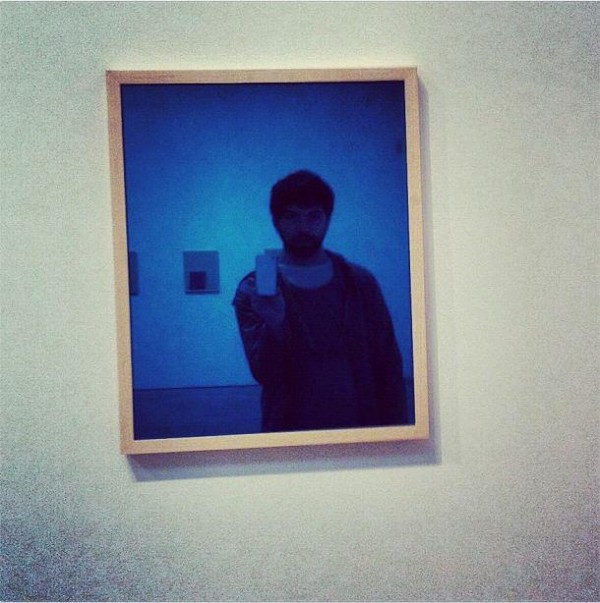Lafayette Anticipation associate curator Anna Colin talks to artist Tyler Coburn about Ergonomic Futures, a speculative project engaged with art, design, science, anthropology and writing. In this interview, Coburn discusses the research, production process and network of collaborators of a multilayered project ultimately concerned with the futures of humankind. Anna Colin: When one comes across your museum seats Ergonomic Futures (2016—) in contemporary art exhibitions—and soon in natural history, fine art, and anthropology museums—they look… [read more »]
Let Us See You See You
Is art a reflection of life? Do people respond to an artwork when they see something of themselves in it? These popular explanations of art’s appeal have the dullness of cliché, yet they throw sparks when they cross wires with Instagram. Social media gives a loose and mutable form to life, with profiles, portraits, and updates that verbalize and visualize its incremental changes. If the mirror creates an image of the self, then social media is like a mirror hooked up to a telephone, communicating the self-image to others and creating new ones in a remote dialogue with theirs. The selfie genre that has proliferated on Instagram’s phone-specific platform reveals the social network as a telephone/mirror hybrid—literally!—and continues the aestheticization of everyday life in social media that has leeched the authority of image-making from mass media and from art. When the mirror is art, the image serves as a reminder of this process, and an acceleration of it.
I think that all of this was looming in the back of my mind last May, when I went to Sherrie Levine’s exhibition at Paula Cooper and instagrammed myself looking into one of her reflective blue panels. Since then I’ve continued taking selfies whenever I encountered mirrored art, and began appending a special hashtag to them: #artselfie. I’m excited that DIS magazine—which has a history of exploring image-making within and around art exhibitions—is encouraging the #artselfie’s dissemination.
I define the #artselfie narrowly. I limit my use of the tag to cases where the art itself creates the conditions for the selfie, with mirrors and approximations of their sheen. I’m aware that as the hashtag has spread over the past week people have been using it on any photo where they share the frame with art, or on selfies of artists, or on artsy selfies. I’m fine with these mutations. I know how memes work! But since DIS is launching its #artselfie blog on the eve of the Miami fairs, where exhibitors are notorious for grabbing visitors’ attention with reflective surfaces, I hope that DIS readers will consider the #artselfie’s origins and photograph themselves in mirrored works whenever possible. Go to the fairs, see yourself in art, and let us see you see you.











































































